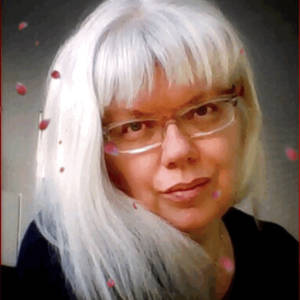Nest days.
Finns have talked about three ‘nest days’, which refer to the longest days of the midsummer (Juhannus) week, around the summer solstice. During this time the sun reaches its "nest", or highest annual point, after which the days will begin to shorten towards the winter. It was said that after these days the sun turns to the farmhand's (renki) side until Joulu, and then again back to the master’s side. The days when the sun was standing still had an impact on people’s lives, as one was not supposed to begin any new long-term work during these days.
It was believed that plants planted during the days might not grow well. On the other hand, these days were said to be ideal for planting swedes, cabbages and tobacco. The reason for this was the midsummer dew that was considered to have powerful fertile qualities. It was said that "midsummer dew makes the swedes grow". Slash farming turnips were also planted just before midsummer so that they would get their share of the dew. The field had to be burned in advance during the week, so that the soil had time to cool down.
Text loaned from old tradion site Taivaannaula, translated by Anssi A.
Beautiful and warm old time summer here today: 26c and sunny

Comments
Sign in or get an account to comment.


